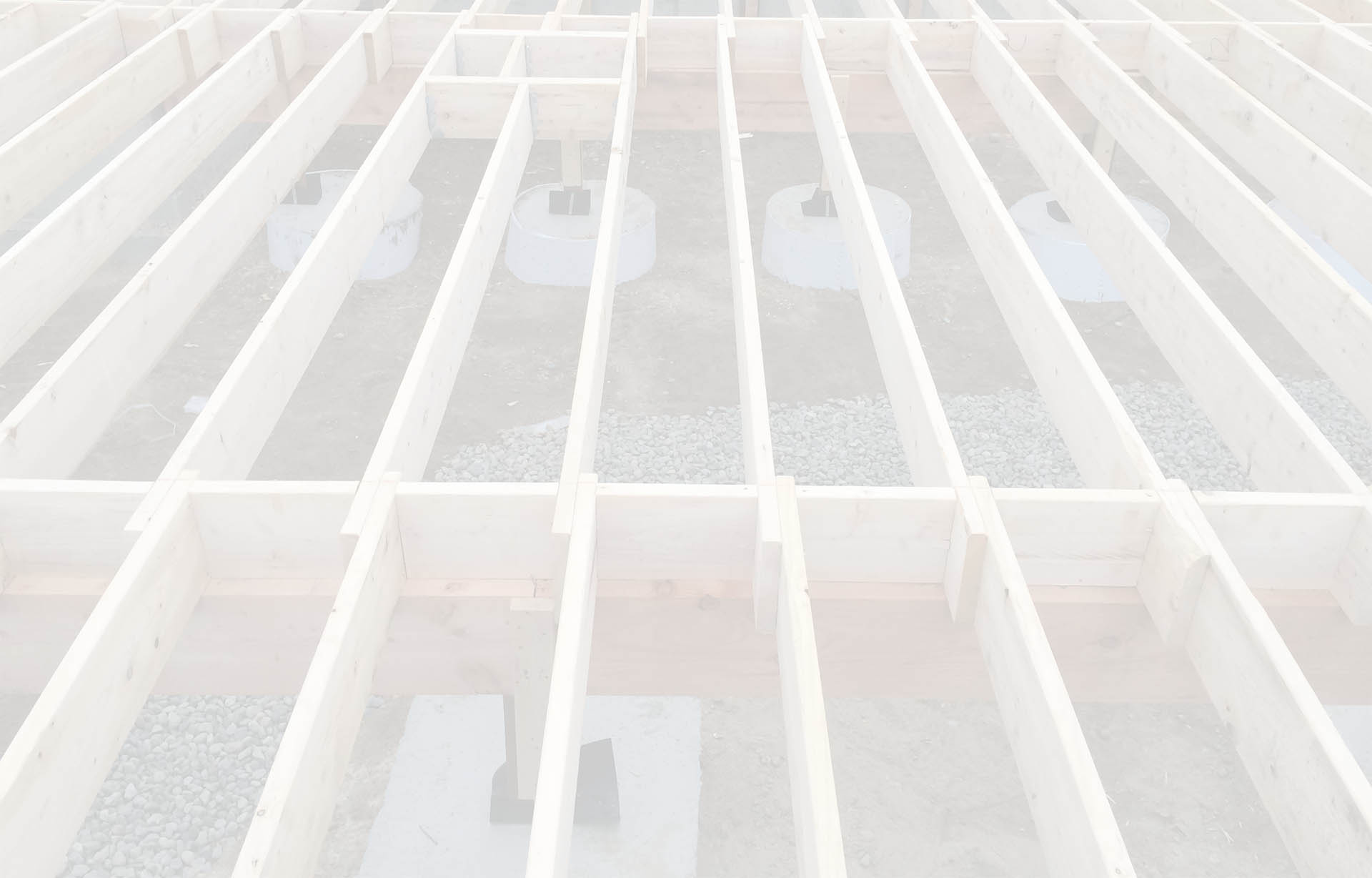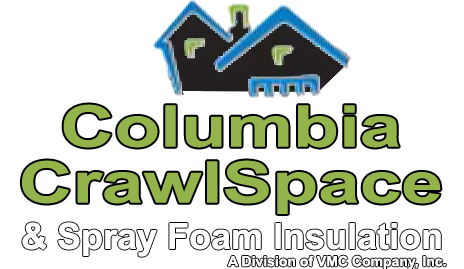Spray Foam
Spray Foam Insulation Protects
Your Home or Business!
Foam Insulation — There is no better home insulating material to seal your home from air and moisture intrusion, save on costly utility bills, strengthen your home, and protect your family’s health from dangerous mold, airborne pollutants, and allergens than Spray Foam insulation.
Benefits of Spray Foam Insulation:
- Stops air and moisture infiltration
- Saves on energy costs
- Adds strength to the building structure
- It is permanent and will not sag
- Keeps dust and pollen out
- Reduces capacity requirements, maintenance and wear of HVAC equipment
Fiberglass Insulation — Fiberglass insulation, a man-made mineral fiber constructed from a variety of materials such as sand and recycled glass, is the most popular form of insulation in the United States. More than 90 percent of homes in America are lined with the pink stuff. The problem with fiberglass is that it is not airtight and allows for air infiltration.
The ultimate goal with all insulation is to trap air; that is how they all work. With any insulation other than spray foam, there usually are cracks and crevasses where unwanted air can infiltrate.
The advantage of fiberglass is that it is affordable, VMC Company, Inc. recommends a combination of both spray foam and fiberglass to achieve the most bang for the buck. We use the spray foam to seal all penetrations, and then, the fiberglass can perform as if in laboratory conditions.
Foam Roofing – A roof should provide safety, stability, durability, and protection from harsh weather. Roofing is a one of a building’s most important protections from nature’s harshest elements. Roofing systems should be equipped to handle a variety of environmental conditions.
Spray foam roofing systems are noted for their long life, renewable and energy saving characteristics, and moisture control in buildings. They are resistant to leaks caused by hail, wind-driven debris, and high wind blow-off.
The Underwriters Laboratories conducted research on spray foam roofs because of their performance during Hurricanes Allen, Hugo and Andrew. The wind uplift resistance exceeded the capacity of UL’s equipment—validating spray foam roofing systems’ excellent wind up-lift resistance.
Furthermore, spray foam roofing systems provide significant energy savings. They eliminate thermal bridging by providing a continuous layer of insulation over existing thermal bridges in the roof deck.
Spray Foam roofing systems typically are coated with light colored, reflective coating, which reduces the amount of heat transported inside the building through thermal bridges.
The Oak Ridge National Laboratory notes that roofing is one of the largest contributors of solid waste, because it is a building element that needs to be replaced. Spray foam roofing systems often are used to re-cover an existing roof, which can eliminate the need to tear off the roof completely. This reduces the amount of construction material in landfills. Spray foam can also be applied to a variety of substrates and in various degrees of thickness to add slope and fill in low areas.
Energy Evaluations – These energy statistics will help you understand the reasons you should have spray foam in your home or business.
- The U.S. Department of Energy studies show that 40% of your home’s energy is lost due to air infiltration. This air infiltrates the home in the form of drafts through walls sockets, windows, and doorways.
- The U.S. Environmental Protection Agency states that common sources for indoor air quality problems include chemicals from building materials and mold.
- A typical home or business loses 20 to 30 percent of the air that flows through its ventilation system. The culprit is leaky ductwork. Properly sealed and insulated ducts and joints, especially those routed through attics where temperatures may vary widely from indoor spaces, optimize a system’s efficiency. An insulation value of R-8 is recommended for ductwork.
- Energy Star-qualified homes are independently verified to be at least 30 percent more energy efficient than homes built to the 1993 national Model Energy Code.
Using a combination of energy efficiency and energy-saving technologies, it is possible to use significantly less energy.
Blower Door Testing — The blower door test determines where leaks are and how leaky a house or building is from an “air tightness” standpoint. Air leakage through cracks, gaps, and holes in a typical house results in the waste of up to 40% of the energy you buy to keep your home warm in winter and cool in summer.
Tests using the blower door enable the energy auditor to assess the “tightness” of a building, eliminating guesswork regarding leakage and air tightness. The test is widely accepted and is used as one of the predictors for “energy efficiency” in homes. It has been used by energy retrofitters for years to measure the success of their air sealing efforts.
VMC Company, Inc. uses the Blower Door System to determine airtightness of homes and buildings.








